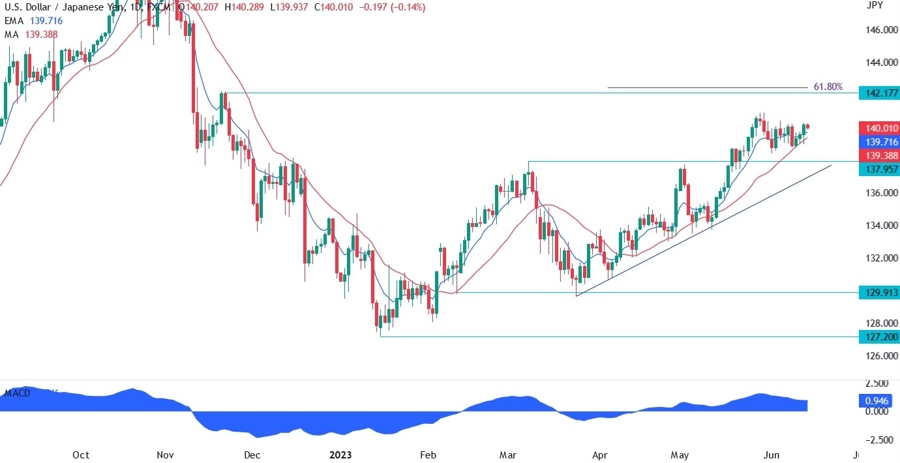The USD Weakened Amidst Disappointing Economic Data
Impact on the US Economy
The USD has recently weakened following a negative surprise in the Non-Farm Payroll (NFP) data. The disappointing figures, including a higher unemployment rate and lower average weekly hours, have led to a shift in market expectations towards a less aggressive monetary policy. A weaker labor market is expected to put downward pressure on inflation, making it more challenging for the Federal Reserve to achieve its target.
In addition to the NFP data, the miss in the ISM Services Purchasing Managers’ Index (PMI) – particularly the lower prices paid sub-index – has further fueled concerns about a slowdown in core inflation. Despite the significant miss in Jobless Claims, some market participants remain skeptical due to seasonal adjustments.
Global Implications
This weakening of the USD could have widespread repercussions beyond the US economy. A stronger dollar has typically been associated with a more robust global economy, as it reflects investor confidence in US assets. However, a weaker USD could signal uncertainty and a potential slowdown in the world economy.
Emerging markets, in particular, could face challenges as a result of a depreciating dollar. Many countries rely on dollar-denominated debt, and a weaker USD could lead to higher borrowing costs and increased financial instability. Furthermore, a weaker dollar may impact commodity prices, as many commodities are priced in USD.
Conclusion
The recent weakening of the USD following disappointing economic data has raised concerns about the outlook for both the US and global economies. The implications of a softer labor market and lower inflation expectations could weigh on economic growth and financial stability. It will be important to monitor how policymakers respond to these developments and whether additional stimulus measures will be implemented to support the economy.





